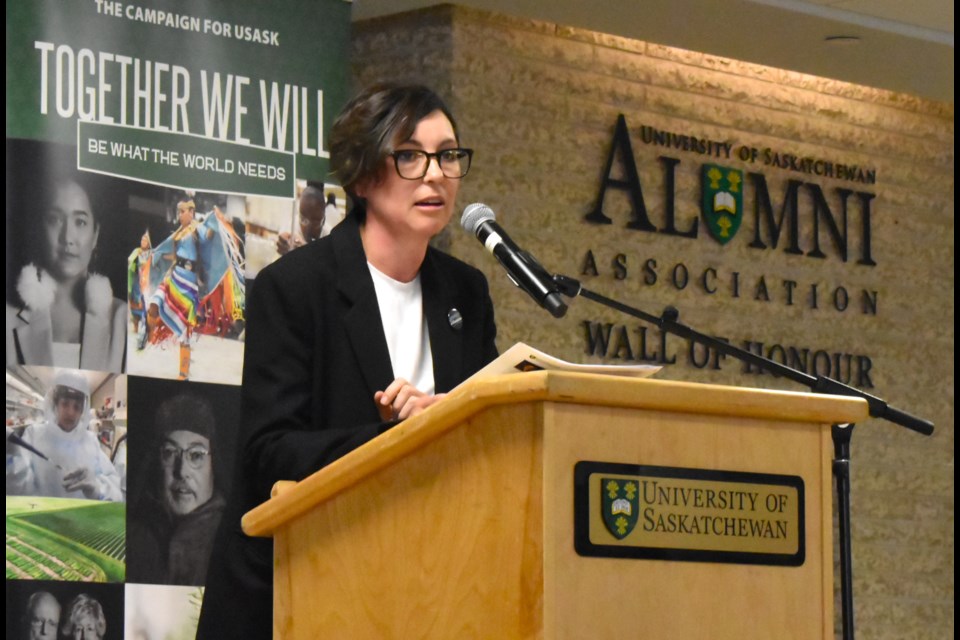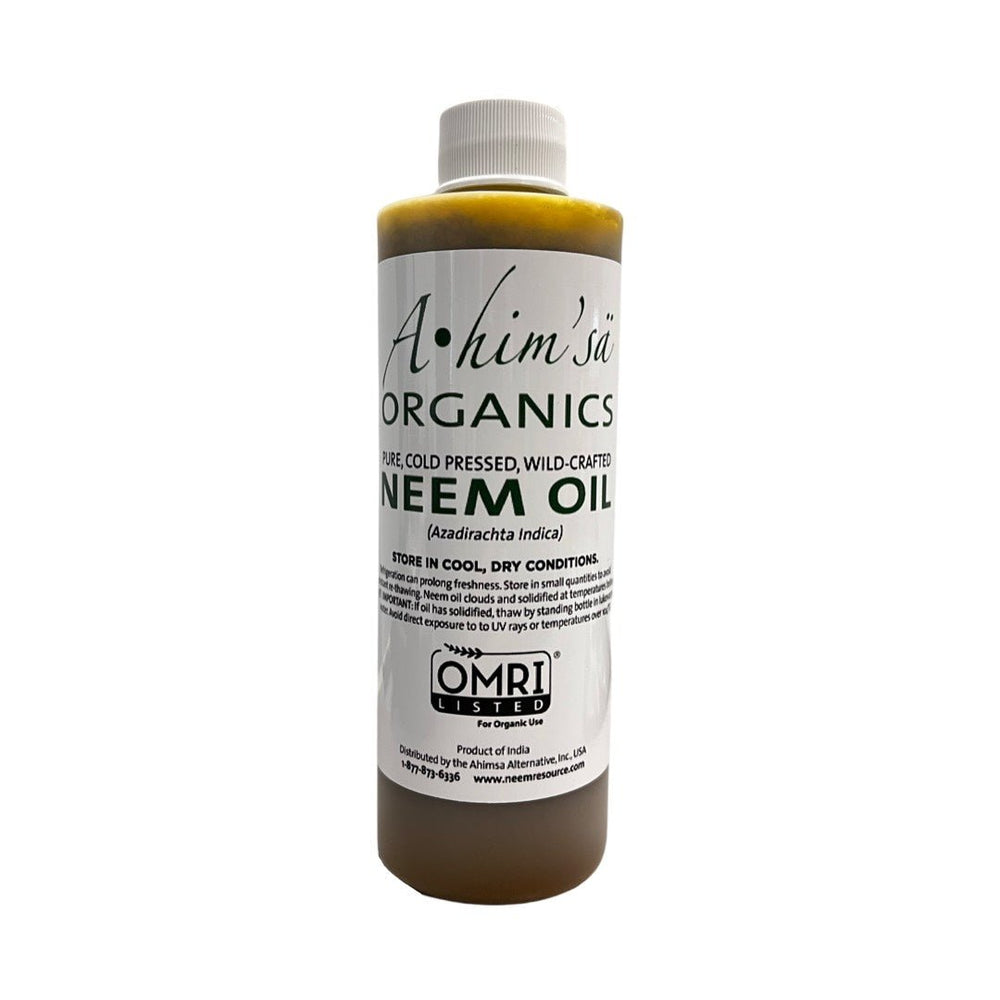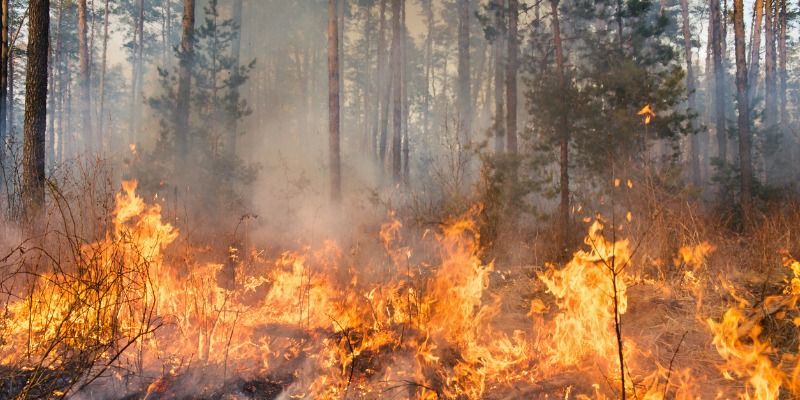Flatirons Golf Course
Environmental Practices
The word pesticide encompasses a broad range of treatments that may be used to control any undesirable plant or animal. The types of pesticides that may be used at golf courses include:
-
Insecticides are used to treat invasions of insects such as ants, mosquitoes, beetles and moths. At Flatirons Golf Course we only treat insect invasions that occur only above our very high threshold of tolerance and only on the putting greens. For example, the unusual weather conditions in 2009 created such a unique micro climate that the golf course did treat for a high level of cutworms on some greens. This was the first application of any insecticide used on the entire property in the last 15 years. Algaecide controls algae in water features. Flatirons Golf Course has no record of treating any course water features at any time. To encourage our water features’ natural health, Flatirons Golf Course relies on water flow, natural bank areas and mechanical aerators (fountains).
-
Fungicides are used to treat diseases in turf plants, trees and shrubs. We only apply fungicides on putting greens (when needed). We do not treat any tees, roughs, fairways or any other areas on the 130-acre property with any form of fungicide; nor do we treat trees or shrubs with fungicide at any time. Golf greens can be very susceptible to fungi during periods of extreme weather. Common examples of pests/diseases we see on our greens are: dollar spot, anthracnose, pythium blight, fairy ring, moss and snow mold. When any of these diseases appear, we first attempt to use cultural practices to alleviate the condition naturally. Vertical cutting, aerating, top dressing, fertilizing and watering variations can usually give the turf enough strength to recover on its own. If cultural practices fail and our tolerances for compromised playing conditions are exceeded, we will selectively treat the affected areas with the lowest toxicity fungicide and minimum amount necessary to mitigate the problem. In a typical year, maintenance staff resort to selective fungicide application no more than twice affecting 50 percent of the greens (this equals less than 4% of the playing turf on the golf course).
-
Avicide for the control of birds. Flatirons Golf Course embraces and welcomes a wide variety of birds. We do not employ chemical bird controls and have no record of ever using an avicide to control birds.
-
Herbicides are used to treat invasions of unwanted plant varieties or weeds. Due to our city’s commitment to the principles of integrated pest management (IPM) and our association with the Audubon Society, we minimize the use of herbicides. We treat our turf mostly for invasive weeds that can compromise playing conditions beyond a threshold of tolerance. Only treatments and procedures approved by the City of Boulder’s IPM policies are used. When products are approved for application, course staff notifies the City of Boulder’s information hotline and posts signs at the golf course before any treatment begins. Products used are always approved and in the lowest toxicity class available for each particular weed. When applying herbicide, staff never uses a broadcast treatment. We only treat individual plants or affected areas. An example of a broadcast treatment would be to apply a fertilizer/weed killer product as is common on private lawns. We never use herbicides in this way; we only treat weeds or weed infestations above our tolerance with very targeted applications.
via Parks & Recreation – Flatirons Golf Course – Chemical Use, Reduction and Safety.
![]()




